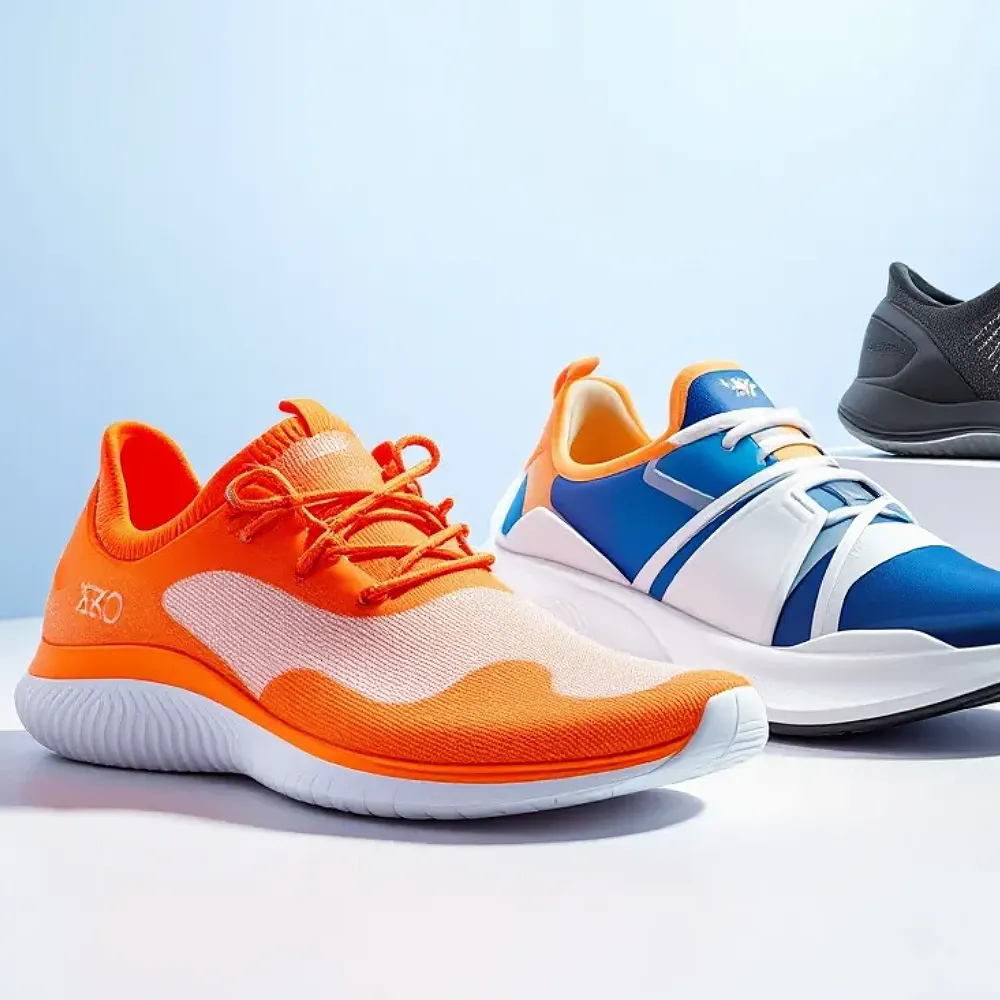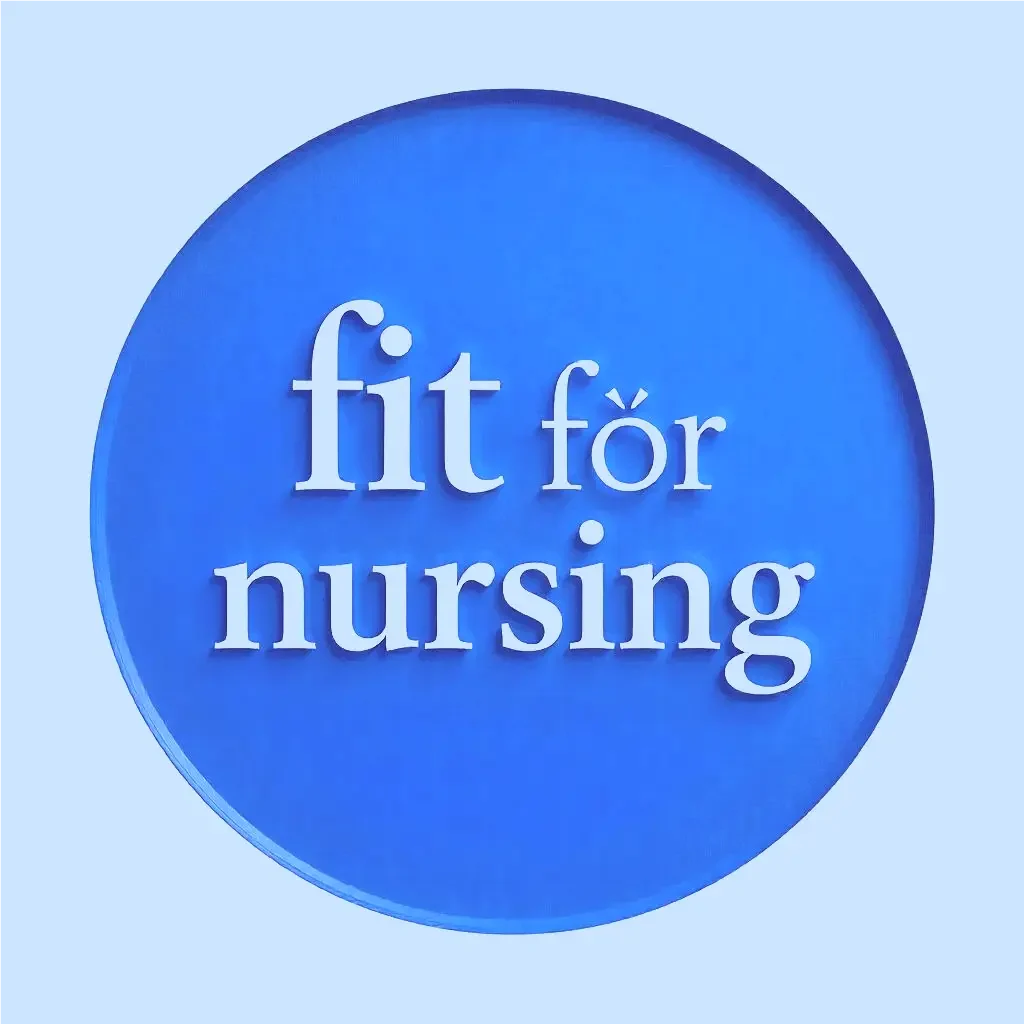Do your feet ache after long nursing shifts? Barefoot nursing shoes might be the answer. These shoes offer comfort and support by providing a barefoot feeling, allowing your feet to move naturally. This article explores the benefits of barefoot nursing shoes and helps you find the perfect pair.
Contents
- 1 Key Takeaways
- 2 Why Barefoot Nursing Shoes Are a Game Changer for Foot Health
- 3 Choosing the Right Pair of Barefoot Nursing Shoes
- 4 Transitioning to Barefoot Nursing Shoes Safely
- 5 Top Picks for Barefoot Nursing Shoes
- 6 Maintaining Your Barefoot Nursing Shoes
- 7 Summary
- 8 Frequently Asked Questions
- 8.1 How long does it take to transition to barefoot nursing shoes?
- 8.2 Are barefoot nursing shoes suitable for people with plantar fasciitis?
- 8.3 Can barefoot nursing shoes be worn with orthotic inserts?
- 8.4 How often should barefoot nursing shoes be replaced?
- 8.5 Where can I buy barefoot nursing shoes?
Key Takeaways
- Barefoot nursing shoes promote natural foot movement, reducing pain and fatigue during long hours on shifts.
- Choosing the right pair involves ensuring a wide toe box and proper arch support to enhance comfort and prevent foot issues.
- Transitioning to barefoot shoes should be gradual, with attention to body signals and the incorporation of foot-strengthening exercises.
Why Barefoot Nursing Shoes Are a Game Changer for Foot Health

Imagine completing your workday with feet as invigorated as when it first began. This can be a reality for nurses using barefoot nursing shoes, which starkly contrast conventional footwear’s restrictive nature. Barefoot shoes enhance and support the foot’s innate movement patterns, offering exceptional comfort often not found in traditional shoes. Nurses transitioning to these minimalist alternatives frequently experience substantial relief from fatigue and foot pain.
The key to this improvement lies within their design philosophy. These minimalist shoes replicate the sensations associated with being barefoot, encouraging authentic foot movements and fortifying the muscles in your feet. Their lightweight construction, paired with flexibility, diminishes the stress imposed on your feet during prolonged periods of standing or walking during lengthy shifts. They are the closest to a barefoot experience, providing a natural foot experience with a flexible and removable insole that enhances comfort and health benefits.
So, what sets these barefoot shoes apart? Let us delve into their most advantageous attributes.
Natural Foot Movement
Barefoot shoes are designed to allow your feet to move as naturally as they would without footwear. They facilitate an authentic movement pattern for the foot, in contrast to traditional shoes, which often come with rigid designs and excessive padding that restrict natural flexing and splaying of the feet while walking. The ability of feet to engage in this manner is essential for maintaining overall foot health by activating small muscles within the foot that typically remain idle when wearing more structured shoes.
Experiencing free movement in your feet not only boosts blood circulation but also diminishes stress exerted on them. This can substantially decrease prevalent foot issues such as plantar fasciitis and bunions. Having a direct connection with the ground beneath enhances proprioception—the innate capacity of your body to perceive its position and motion—essential for preserving balance and minimizing injuries.
Strengthening Foot Muscles
Consistently donning barefoot shoes can fortify the muscles and tendons in your feet, promoting overall foot strength. These shoes, which lack the substantial support found in traditional footwear, prompt your feet to exert more effort. This activation helps enhance the minor muscles crucial for providing support and flexibility.
As a result of wearing these types of shoes over an extended period, you may experience decreased fatigue in your feet and an improvement in overall foot health. Consequently, enduring long shifts on your feet could become significantly more tolerable.
Improved Posture and Alignment
Barefoot shoes support improved posture and body alignment by featuring a zero-drop design where the heel and forefoot remain at an equal height. This facilitates natural spinal positioning, potentially reducing prevalent back and joint discomfort experienced by healthcare workers from extended periods of standing.
Such shoes help diminish stress on the hips, knees, and lower back by promoting natural body alignment.
Lightweight and Flexible Design
Barefoot shoes are distinguished by their flexible and lightweight construction, designed to mimic the sensation of being barefoot as closely as possible. Their minimal weight helps lessen the effort needed to lift and move your feet all day, delivering an authentic barefoot experience. This adaptability allows your feet to move without restriction, offering a snug fit tailored to the ever-changing conditions nurses face on duty.
Consequently, these shoes are ideally suited for enduring extended periods of walking or standing, significantly increasing comfort levels throughout prolonged work shifts.
Better Balance and Stability
In the demanding realm of healthcare, maintaining balance and stability is essential. The design of barefoot shoes aids in this by stimulating the activation of foot muscles intrinsic to balance, thereby enhancing overall stability. Their rubber outsoles are crafted for an excellent grip that minimizes slipping hazards on wet or slippery floors.
Such improved stability is especially beneficial for nurses who must move swiftly and securely around bustling settings. Barefoot shoes emerge as the ideal choice for their challenging responsibilities, offering a perfect pair to support them throughout their shifts.
Choosing the Right Pair of Barefoot Nursing Shoes

Selecting the ideal pair of barefoot nursing shoes is essential to maximize their advantages. To find the best shoes, consider options that offer a comfortable fit, securing the midfoot and heel without constricting movement while giving your toes ample room to spread naturally.
Factors such as a spacious toe box, adequate arch support, and robust build quality are vital for maintaining comfort and durability throughout extended work periods. Let’s explore these elements in more detail so you can discover the perfect pair for yourself.
Importance of a Wide Toe Box
Barefoot nursing shoes feature a wide toe box that facilitates the natural spreading of your toes, contributing to increased comfort and preventing discomforting conditions such as plantar fasciitis and bunions.
By encouraging proper alignment of the toes, a spacious toe box plays a critical role in diminishing the likelihood of foot-related issues, ensuring that your feet remain healthy and devoid of pain.
Arch Support Considerations
Adequate arch support is essential for maintaining comfort, ensuring body weight is evenly distributed across the foot. This not only diminishes foot fatigue but also boosts overall ease during wear. Even though barefoot shoes are crafted to encourage the foot’s natural motion, they must still offer sufficient support to ward off discomfort over extended periods of work.
For nurses who spend prolonged hours on their feet, finding shoes with proper arch support becomes crucial in selecting suitable footwear. The right shoes can make a significant difference in managing long shifts without experiencing excessive strain on their feet.
Evaluating Durability and Traction
In a healthcare environment, it’s crucial to have shoes that can ensure both safety and high performance. The durability of barefoot nursing shoes should be assessed based on the materials and construction techniques utilized. Shoes crafted from robust materials using solid construction practices are more likely to resist the demanding conditions of an active workplace while continuing to offer protection and functionality.
Excellent traction is imperative in preventing accidents like slips and falls. It stands as a key characteristic of any shoe designed for nursing professionals.
Transitioning to Barefoot Nursing Shoes Safely
Transitioning to barefoot nursing shoes requires a period for your feet to adjust. It’s critical to take this change slowly in order to avoid pain and potential injuries. By beginning at a gentle pace and paying attention to what your body tells you, you can ensure an effective shift that fully leverages the advantages of wearing barefoot shoes.
To enhance the transition, include exercises that strengthen the feet. We will delve into safe methods for making this switch.
Start Slow and Build Up
Start by wearing barefoot shoes for a limited period daily, spanning a few hours. This incremental adjustment aids in acclimatizing your feet to the unique style of the shoe while preventing any distress or injury.
As you become more accustomed to them and comfort levels rise, incrementally lengthen the time spent in them until they can be worn throughout full work shifts. Such measured progression is key to fortifying your feet and fostering their adaptation, thereby reducing potential issues.
Listen to Your Body
While adjusting to barefoot shoes, it’s essential to be tuned to what your body is communicating. Be vigilant for any indications of discomfort or pain. Should such issues arise, it may be necessary to cut back on the duration you wear these shoes and incrementally extend it as your feet adapt, becoming more flexible and at ease.
Adopting a thoughtful strategy toward this adjustment will guarantee the shift is secure and prosperous.
Incorporate Foot Exercises
Integrating exercises for the feet into your daily regimen can markedly improve your shift towards wearing barefoot shoes. Activities such as curling the toes and lifting the heels stand out in their ability to bolster strength in the foot.
Such exercises foster flexibility and health of the foot, easing and enhancing comfort during the adjustment period to barefoot shoes.
Top Picks for Barefoot Nursing Shoes

Considering the advantages and guidelines for transitioning, you may be curious about the finest barefoot nursing shoes available. Numerous well-regarded brands and designs are celebrated for their exceptional comfort, support, and lasting wear.
We can delve into some of the leading options medical practitioners highly endorse.
Popular Brands and Models
Renowned for their pioneering designs tailored to healthcare workers’ specific requirements, brands such as Xero Shoes, Vivobarefoot, and Merrell stand out among the top choices for barefoot nursing shoes. Nurses who have transitioned to these shoes have reported notable enhancements in both comfort and foot health, rendering them a reliable option for enduring long shifts.
These footwear options can be procured from well-known retailers like Amazon or specialized stores dedicated to health-related footwear.
Customer Testimonials
Customer feedback underscores the tangible advantages of utilizing barefoot shoes for nurses. Numerous testimonials from nurses have revealed extraordinary comfort and support, with a notable decrease in foot pain and tiredness frequently cited.
A particular nurse remarked, “Making the transition to barefoot shoes was the most outstanding choice I’ve made. My feet remain comfortable even after extended shifts.” These endorsements emphasize both the practical benefits of these shoes and the contentment among those who wear them.
Where to Buy
You can buy barefoot nursing shoes through the official websites of specific brands or from prominent retailers such as Amazon and Zappos. These outlets provide an extensive selection of styles and sizes, guaranteeing you can locate a pair that suits your requirements.
To aid in selecting the most suitable shoes for enduring long shifts, peruse customer feedback and comprehensive item summaries, which are available to assist in making an informed choice.
Maintaining Your Barefoot Nursing Shoes
Taking good care of your barefoot nursing shoes is essential to extend their durability. Adhering to straightforward maintenance steps can help maintain the quality of your shoes so they continue to offer comfort and support.
Now, we will explore crucial tips for keeping up with shoe maintenance.
Cleaning and Hygiene Tips
It’s essential to ensure that your barefoot shoes are thoroughly cleaned, mainly when utilized in healthcare environments. Here’s how you can maintain various kinds of barefoot footwear:
- To clean fabric-based shoes, lightly dab them with a moist cloth and some gentle detergent for targeted cleaning.
- Utilize a natural cleaner specifically designed for leather to preserve the quality and look of leather barefoot shoes.
- Keep your footwear in a dry and cool environment to avoid accumulation of dampness and deterioration of materials.
Such practices not only support hygienic standards but also extend the durability of your footwear.
Regular Inspections
Consistently examining your barefoot nursing shoes is crucial for maintaining their ability to offer essential support and protection. Look out for indications of deterioration, including any cracks or areas that appear worn down, which could signal the need for repair or replacement.
By conducting regular checks on your shoes’ condition, you can preserve their functionality and avert possible problems that might compromise your comfort and safety.
Storage Recommendations
It is crucial to store your barefoot nursing shoes correctly in order to preserve their form. Employing shoe trees or shapers will assist in retaining the original shape of the shoes while they are stored. Steer clear of placing them under direct sunlight, which may lead to a deterioration of the materials with time.
Storing your shoes in a cool and dry environment guarantees they stay well-preserved.
Summary
Switching to barefoot nursing shoes can significantly improve your daily work experience by providing increased comfort, promoting foot health, and enhancing posture and balance. To select the ideal pair, it’s important to look for features such as a wide toe box that allows toes to spread naturally, adequate arch support for maintaining proper foot alignment, and robust construction for longevity. Transitioning should be done gradually while paying attention to your body’s signals and engaging in exercises designed for strengthening the feet. With careful upkeep, these shoes offer enduring comfort and stability. Are you ready to embrace the advantages yourself? Embrace a new realm of coziness and reinforcement by moving to barefoot nursing shoes.
Frequently Asked Questions
How long does it take to transition to barefoot nursing shoes?
It usually takes a few weeks to transition to barefoot nursing shoes, so wear them for a few hours each day and gradually increase the time.
Listen to your body and adjust as needed!
Are barefoot nursing shoes suitable for people with plantar fasciitis?
Absolutely, barefoot nursing shoes can be a good choice for those with plantar fasciitis, as they encourage natural foot movement and offer the support needed to ease discomfort.
Can barefoot nursing shoes be worn with orthotic inserts?
Yes, barefoot nursing shoes can be worn with orthotic inserts, as many models allow for that additional support if you need it.
Just make sure to choose a pair that offers enough space for the inserts.
How often should barefoot nursing shoes be replaced?
You should replace your barefoot nursing shoes once a year or whenever they show significant signs of wear and tear.
Keeping them in good condition is key for your comfort and support!
Where can I buy barefoot nursing shoes?
You can snag barefoot nursing shoes at popular places like Amazon and Zappos or directly from brands like Xero Shoes, Vivobarefoot, and Merrell.
Happy shopping!


